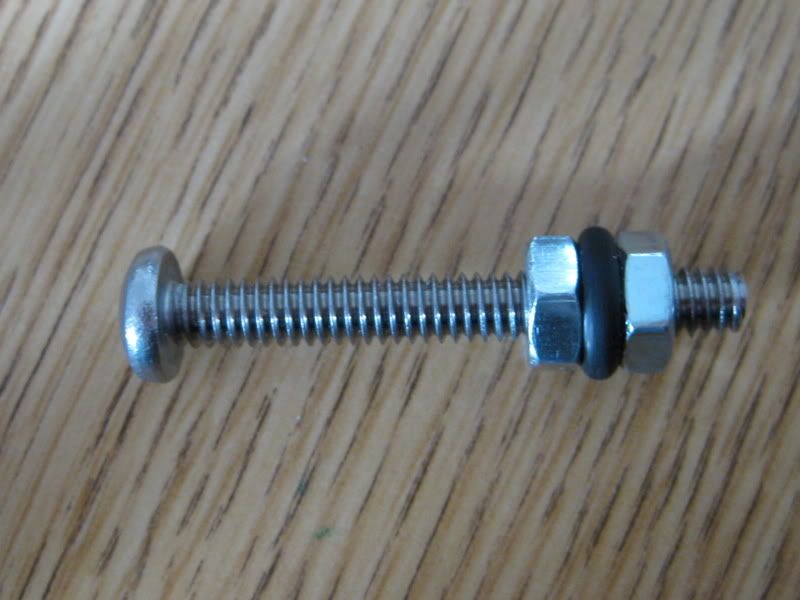Okay, I tested the gun with the sealed tubing. The sealing helped a lot, but there were still some leaks. It turned out that the sealer wasn't sealing as well as I thought. I was able to get it to shoot a few times though, and it shot the darts pretty hard. Other times it would only shoot one of the darts very weakly. Then after a while the brass broke off the CPVC. But, that was also good because now I can add the barbed connectors instead. Here is what I think went wrong:
-Brass didn't bond well to the CPVC
-I used Loctite superglue to bond the brass to the CPVC, with plumbers goop over that. I've found in past projects that Loctite does not bond brass to plastic very well, and plumbers goop does not provide enough strength to compensate for it.
-The sealer shifts around in the CPVC, causing it not to seal
-The washer sandwich was tightened either too much, or too little
Here are some solutions:
-Replace the brass with barbed connectors for a better bond (plastic on plastic instead of brass on plastic)
-Use a stronger adhesive
-Add more washers or retaining objects to make sure the sealer can't shift around. The endcap I talked about adding to the front would serve this purpose.
-If the retaining objects are added, fine tuning the washer sandwich should be much easier.
I didn't post this before, so I figured I should now. I actually had two designs for the sealer. This was the other one:

It was to use a thicker (1/4") screw and an O-ring that fit over the screw, and in CPVC. I tested it earlier with the glued together trigger, and it seemed to work quite well actually. I think it is most likely because the nuts around the O-ring fit very well in the CPVC, and add more length to that area which prevents it from shifting around as much as the other design. I'm going to explore both designs some more and see which is best.




















